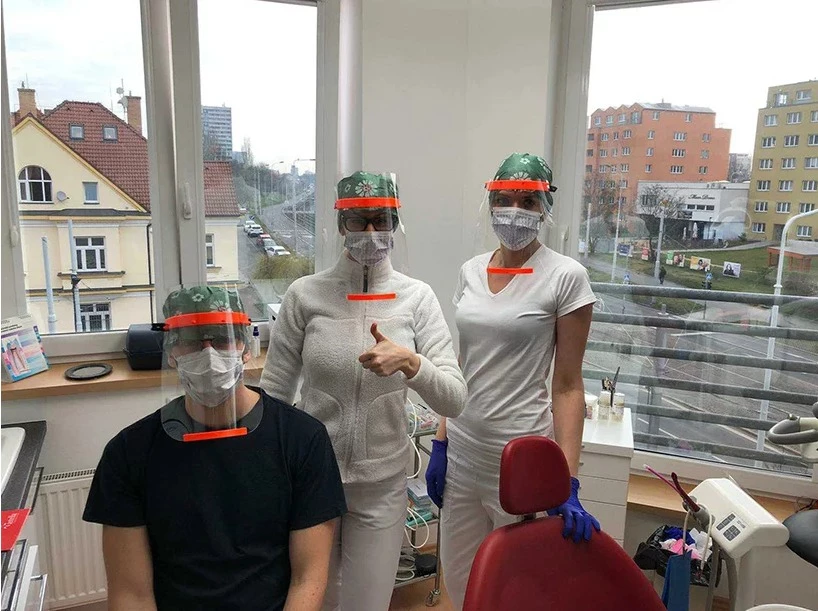Founder of Prusa Research, the world’s largest 3D printing factory located in Prague, Josef Prusa has spoken about how the company is doing everything it can to aid the production of much needed medical supplies during the COVID-19 crisis. While Prusa Research is committed to the production of face shields, the experience has also taught the company a lot about the current limitations of 3D printing and where it could be improved.
“We here at Prusa Research are also looking for ways to help,” says Josef Prusa. "We have been doing a lot of research and I want to address some of my concerns about printed respirators first. I don’t intend to hamper the vibe we have now, not by a long shot, but printing respirators might not be the best idea at this time. Let me explain. None of the designs available right now have been tested to ensure they provide the protections needed, at least none of the ones I am aware of. To help with this, we have collected as many designs as we could find, and are working with experts to see if we can verify which ones really work.”

The main reasons for Prusa's doubts around producing 3D-printed respirator parts concern the effectiveness of sealing; the filter itself; the filter to the mask; how the mask attaches to the face; and the porosity of the printed parts. According to Prusa all five elements must be perfect.
“It all must be perfect,” states Prusa. "Most of us print rigid materials that are hard to make compliant for seals. Even if we can get a good seal, will it remain functional eg. even when the wearer talks? The wearer will have the mask on their face, a humid and warm place, a perfect breeding ground for germs. We won’t be able to sterilize these masks effectively so we might be causing even more problems. And the virus reportedly survives for over 48 hours on the plastics (or even 90 hours, according to some other studies) ... If you absolutely insist on printing a mask now, treat it like it is a basic surgical mask and not as a true respirator with all the protections they provide.”
Taking on board these limitations, the Prusa Research team has turned its focus to creating other protective gear and has come up with a 3D-printed protective face shield. The face shield will offer doctors protection from sneezing or coughing patients and will help meet demand at many hospitals and clinics. The team powered through multiple prototypes in just three days, before receiving the approval from the Czech Ministry of Health to test two prototypes further for full verification.
“We were notified on Facebook that doctors are in great need of face shields and that there is already a great face shield design available online,” says Prusa. “We took it as a starting point and decided that we would adjust it for easier and faster 3D printing – eg. there shouldn’t be any supports required and we should fit as many of them onto a single print sheet as possible.”

Once the prototype is fully verified and approved for medical use, one fifth of Prusa's 3D printers will be dedicated to printing these face shields, which allows the company to produce 800 items per day. In theory Prusa Research could produce up to 4,000 shields per day at full capacity. The cost of materials needed per shield is less than US$1 and the team is committed to donating 10,000 units to the Czech Ministry of Health over the coming weeks.
“If we need we can add more 3D printers to the production,” says Prusa. "After all, we are world record holders with 1,096 concurrently printing 3D printers, so capacity shouldn’t be a problem."
Prusa Research is offering its face shield design free of charge (pending verification) to other 3D printing facilities wanting to go into production for their local communities. However, Prusa does highlight the necessity to adhere to stringent health and safety protocols, such the sterilization of these shields and parts. For example, in order to ensure sterilization, the plastic used is heated up to a high temperature during the printing process. Workers must use a fresh pair of gloves and surgical mask before removing the printed parts and placing them immediately into a new sealable bag.
Once Prusa Research has accomplished its final modifications and received the green light for its face shield, the plant has its sights on next creating protective goggles for doctors and hospital staff.
Source: Prusa Printing






